
October 26, 2025 • 12 min read

October 26, 2025 • 12 min read
Rahul Mondal
Product & Strategy, Ideon Labs
On October 24, 2025, Indian advertising lost its brightest star. Piyush Pandey, the creative genius who transformed how brands spoke to India, passed away at 70 after battling complications from pneumonia. His death marks the end of an extraordinary era—one written in the language of ordinary Indians and filled with moments that made millions laugh, cry, and feel deeply connected to the brands he brought to life.
For over four decades, Pandey didn't just create advertisements. He crafted cultural moments that became part of India's collective memory. From the cricket-field celebration in the Cadbury ad to the unbreakable bonds of Fevicol, from ZooZoo mania during IPL to the tearful Google Reunion, his work transcended commerce and became conversation.
This tribute celebrates the man who proved that you didn't need English to speak to India, that simplicity was the ultimate sophistication, and that great advertising speaks not to algorithms, but to the human heart.
Born in Jaipur on September 5, 1955, Piyush Pandey's journey to advertising was unconventional. The eighth of nine children in a creative family—his brother Prasoon Pandey became a celebrated filmmaker and sister Ila Arun a renowned folk singer—young Piyush dreamed of becoming a cricketer. He played for Rajasthan in the Ranji Trophy before pursuing a postgraduate degree in History from St Stephen's College, Delhi.
Before finding his calling in advertising and marketing, Pandey worked as a tea taster, tried construction, and lent his voice to radio jingles. In 1982, at 27, he joined Ogilvy & Mather India as a trainee account executive—a decision that would change Indian advertising forever.
His first advertisement was a print ad for Sunlight Detergent—nothing suggesting the revolution he would unleash. But after six years in client servicing, he moved to the creative department and created campaigns for Luna moped, Fevicol, Cadbury, and Asian Paints. A distinct voice emerged—one that spoke in the cadence of Indian streets and understood the rhythms of Indian life.
His rise through Ogilvy India was spectacular:
Under his leadership, Ogilvy India ranked number one for 12 consecutive years in the Agency Reckoner survey by The Economic Times.
Piyush Pandey's trophy cabinet included:
Understanding Piyush Pandey's advertising philosophy reveals why his campaigns resonated so deeply with Indian audiences:
1. Advertising Should Come From Life "The best ideas come from the street, from life, from listening," he famously said. Unlike creatives who relied on marketing research reports, Pandey observed real life—attending weddings, travelling through villages, and absorbing the textures of everyday India.
2. Speak the Language of Your Audience He pioneered using Hindi in advertising and regional languages in mainstream campaigns, proving you could sell premium products without English. This localization strategy became a template for brands entering India.
3. Emotion Over Features "Nobody buys a product because of its specifications. They buy it because of how it makes them feel." His emotional advertising approach rarely discussed product features—instead creating deep connections between brands and consumers.
4. The Power of Simplicity Pandey spent weeks refining taglines until they felt effortless. This commitment to simple advertising messages made his campaigns memorable and shareable—a principle more relevant than ever in today's digital marketing landscape.
5. Advertising as Social Change From Pulse Polio campaigns to domestic violence awareness, he proved that purpose-driven marketing could drive societal transformation while building brand equity.
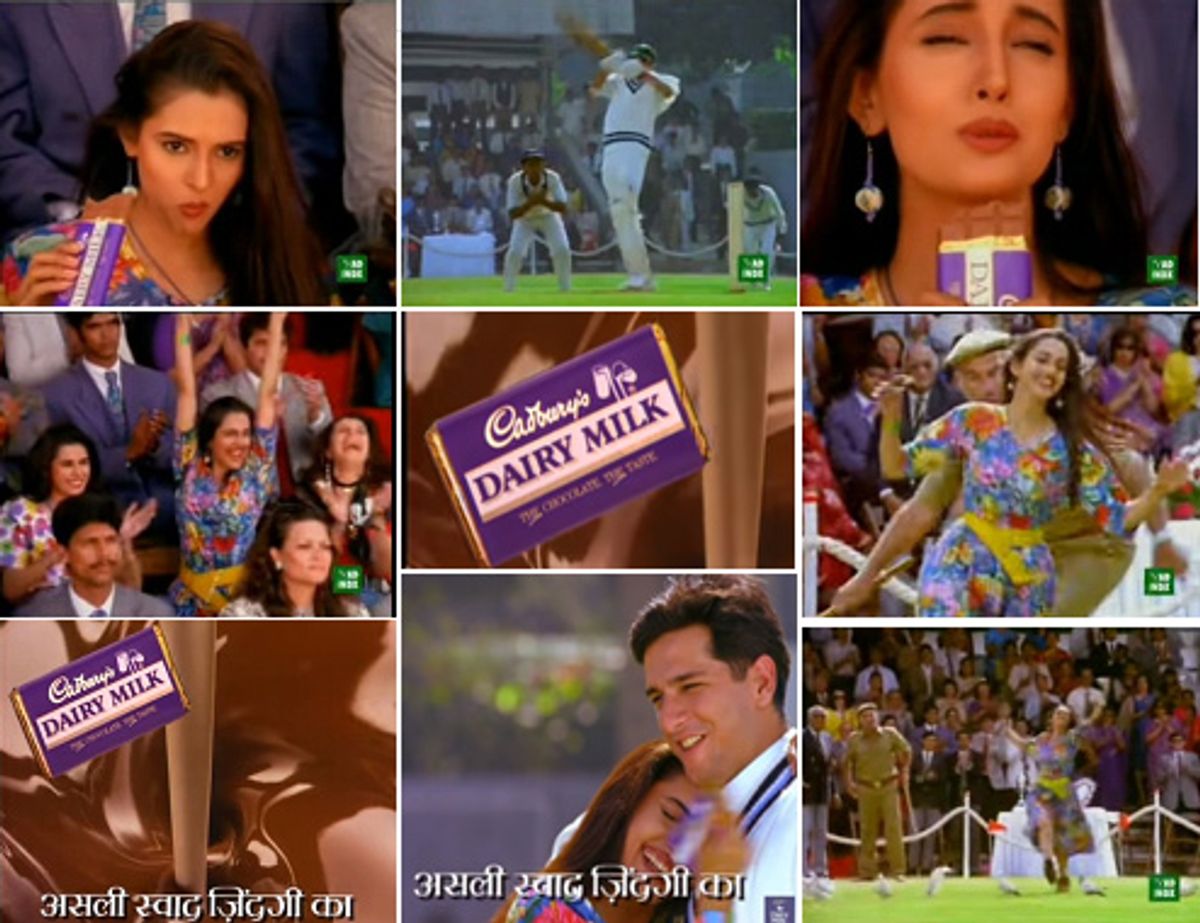
Kuch Khaas Hai Cadbury ad
The Campaign: A young woman watching cricket runs onto the field, dancing with joy as her partner hits the winning six. Watch it here
Why It Worked: This Indian advertising classic repositioned Cadbury from children's chocolate to adult indulgence. Using Hindi advertising copy for a premium product and capturing a distinctly Indian cricket moment, Pandey created what many consider India's most iconic TV commercial.
Business Impact: The campaign helped Cadbury increase market share significantly and became a case study in brand repositioning taught in marketing schools globally.
Marketing Lesson: Don't accept conventional wisdom about your product category. Emotional brand storytelling changes consumer behaviour more effectively than rational arguments.

Fevicol ka jod hai, tootega nahi ad
The Campaigns:
The Tagline: "Fevicol ka jod hai, tootega nahi" (It's Fevicol's bond, it won't break)
Why It's Legendary: The Fevicol advertising campaigns are masterclasses in making the mundane memorable. Through humor in advertising, Pandey transformed an industrial adhesive into one of India's most beloved brands.
Cultural Impact: "Fevicol ka jod" entered the Indian lexicon—people use the phrase to describe anything unbreakable. The brand name became generic; many Indians call any adhesive "Fevicol."
Marketing Lesson: Low-involvement product categories need high-involvement advertising. Make people laugh, and they'll remember forever. This principle applies to content marketing and social media campaigns today.

Har Ghar Kuch Kehta Hai Ad
The Insight: A home isn't walls; it's stories. Every house has memories, laughter, tears, and love.
The Campaign: Asian Paints advertisements showed families at different life stages—couples painting their first home, parents preparing for a baby, grandparents surrounded by memories.
Tagline Evolution: "Har Ghar Kuch Kehta Hai" (Every home tells a story) later became "Har Khushi Mein Rang Laaye" (Bringing color to every happiness)
Why It Worked: Pandey gave a commodity product emotional depth. He understood that Indians are deeply attached to their homes, making home ownership a life goal and marker of success.
Marketing Lesson: For infrequently purchased products, emotional advertising creates mental availability. When purchase decisions happen, your brand is top-of-mind because of decades of emotional connection.
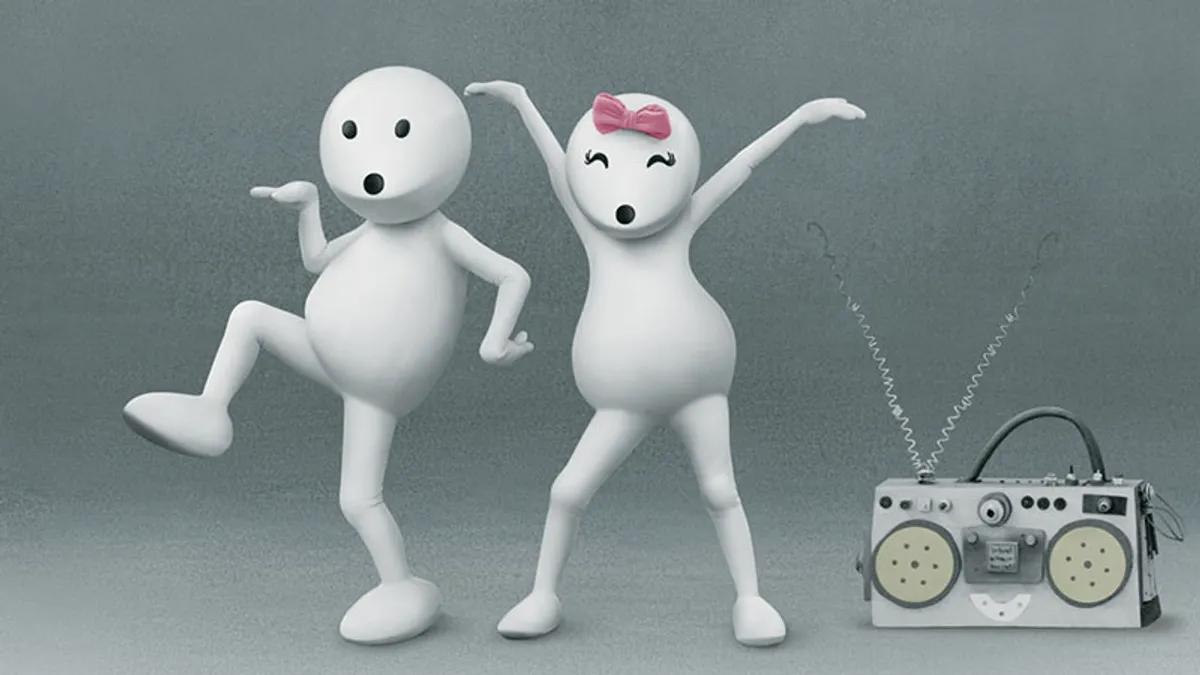
ZooZoos Vodafone Ad
The Characters: Small white creatures with egg-shaped heads that took over IPL 2009 advertising.
The Innovation: Each ad demonstrated a Vodafone service through mini comedy sketches—no voiceover needed. The characters were humans in costumes filmed on miniature sets, giving them physicality CGI couldn't match.
Cultural Impact: ZooZoos became a cultural phenomenon—merchandising goldmines, fan pages, and viral social media content before viral marketing was common in India.
Marketing Lesson: Creative ideas trump big budgets in advertising. The ZooZoo campaigns cost less than celebrity endorsements but generated exponentially more brand engagement and earned media.
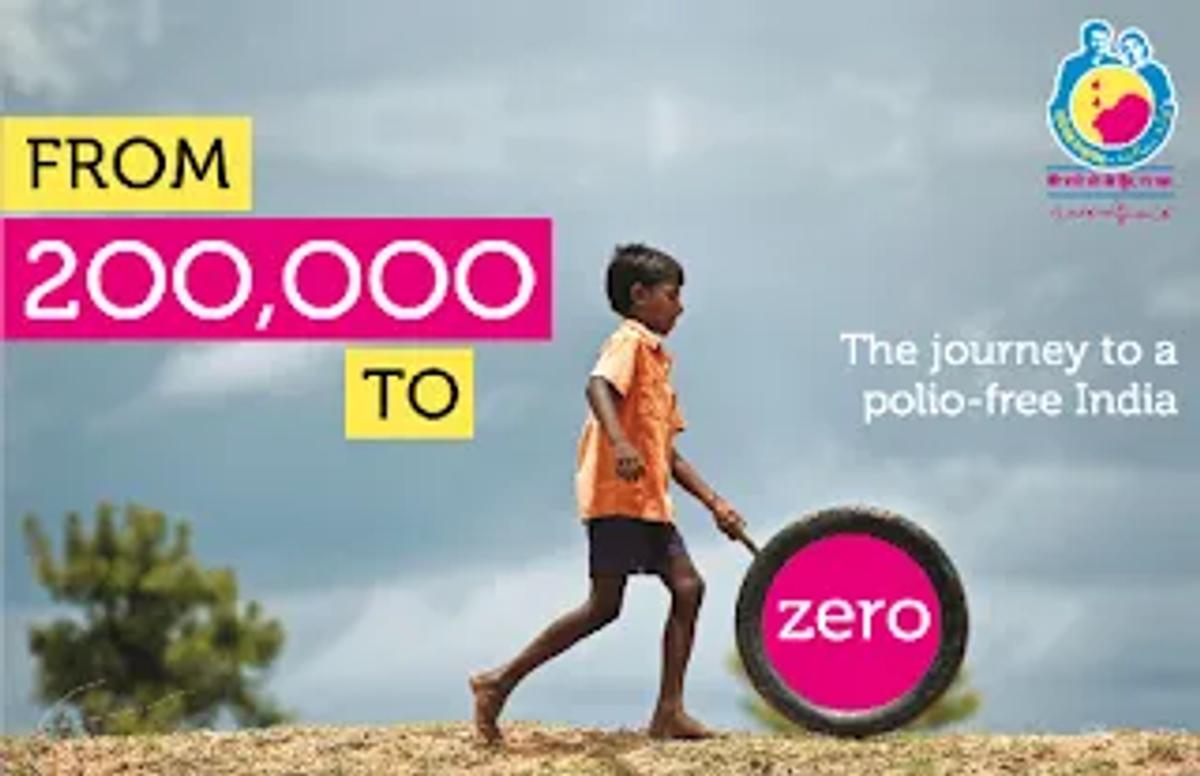
Do boond Zindagi ki for Polio Awarness
The Challenge: Convince millions of Indian parents to vaccinate children in rural areas where skepticism was high.
The Solution: Pandey crafted "Do Boond Zindagi Ki" (Two drops of life) featuring Amitabh Bachchan's trusted voice.
The Strategy:
The Impact: On March 27, 2014, India was declared polio-free by WHO. While many contributed, Pandey's public health advertising played a crucial role in building awareness and trust.
Marketing Lesson: Social marketing and cause-related campaigns require the same creative excellence as commercial work—perhaps more, because you're competing against inertia and misinformation.
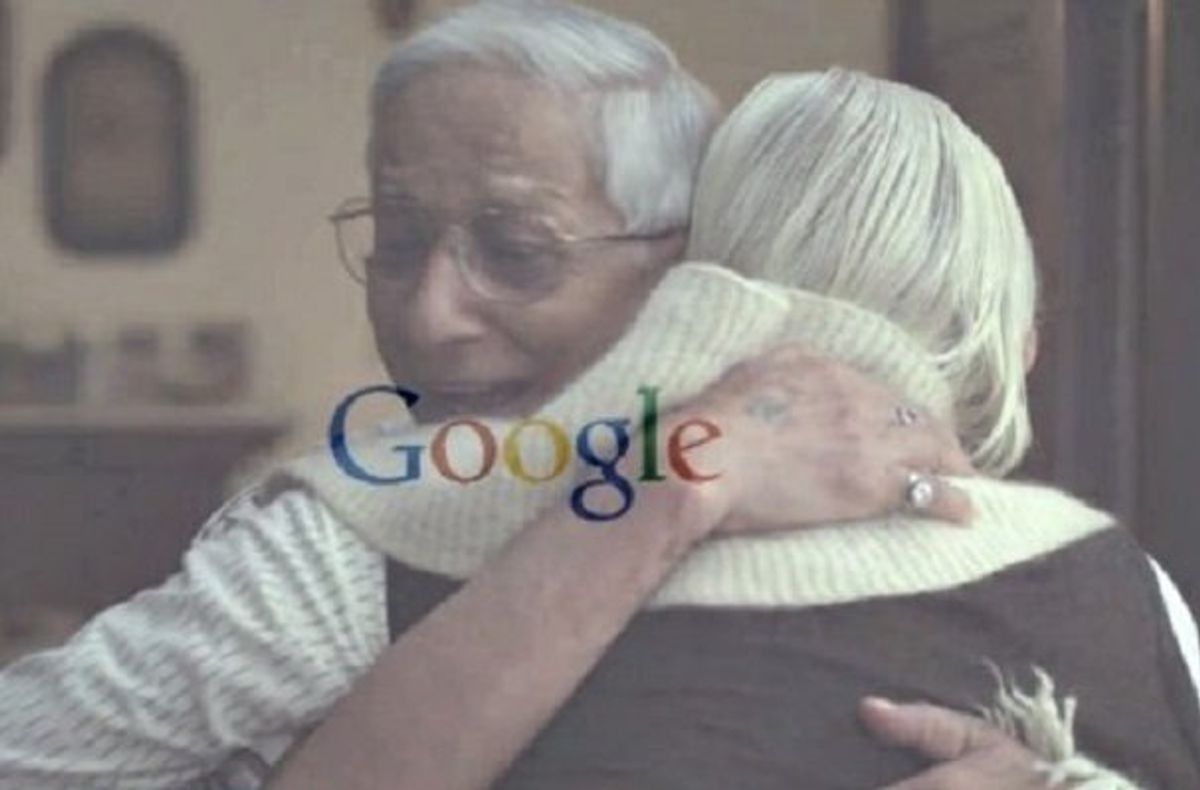
Google India - Reunion ad
The Story: Two childhood friends separated by the 1947 Partition reunited through Google Search after six decades. Watch it here.
Why It Went Viral: This Google India campaign proved Pandey's relevance in the digital advertising era. The three-and-a-half-minute film became one of India's most shared branded content pieces, demonstrating that long-form video advertising works when the story is compelling.
The Approach: Never mentioned search algorithms or Gmail features—told a profoundly human story about loss, hope, and reconciliation across the India-Pakistan divide.
Marketing Lesson: Technology brands should be sold through emotion, not explanation. Show, don't tell how technology improves human lives—a principle crucial for B2B tech marketing and SaaS advertising.
The Slogan: Four words that defined India's 2014 election: "Abki Baar Modi Sarkar" (This time, Modi government)
Why It Worked:
The Impact: The slogan helped shape the outcome of the world's largest democratic election and influenced global political advertising strategies.
Marketing Lesson: Great taglines transcend mediums. In integrated marketing campaigns, your core message must work everywhere—from social media to billboards.

Mile Sur Mera Tumhara ad
The Patriotic Anthem: Pandey wrote the lyrics for Doordarshan's National Integration campaign—a musical celebration of India's linguistic diversity featuring artists singing in different languages.
Cultural Legacy: The song became an anthem played at schools and national events. Indians who grew up in the 1980s-90s still remember every word.
Marketing Lesson: Some campaigns transcend advertising to become cultural touchstones. When your message becomes part of how people understand their identity, you've achieved the pinnacle of brand communication.
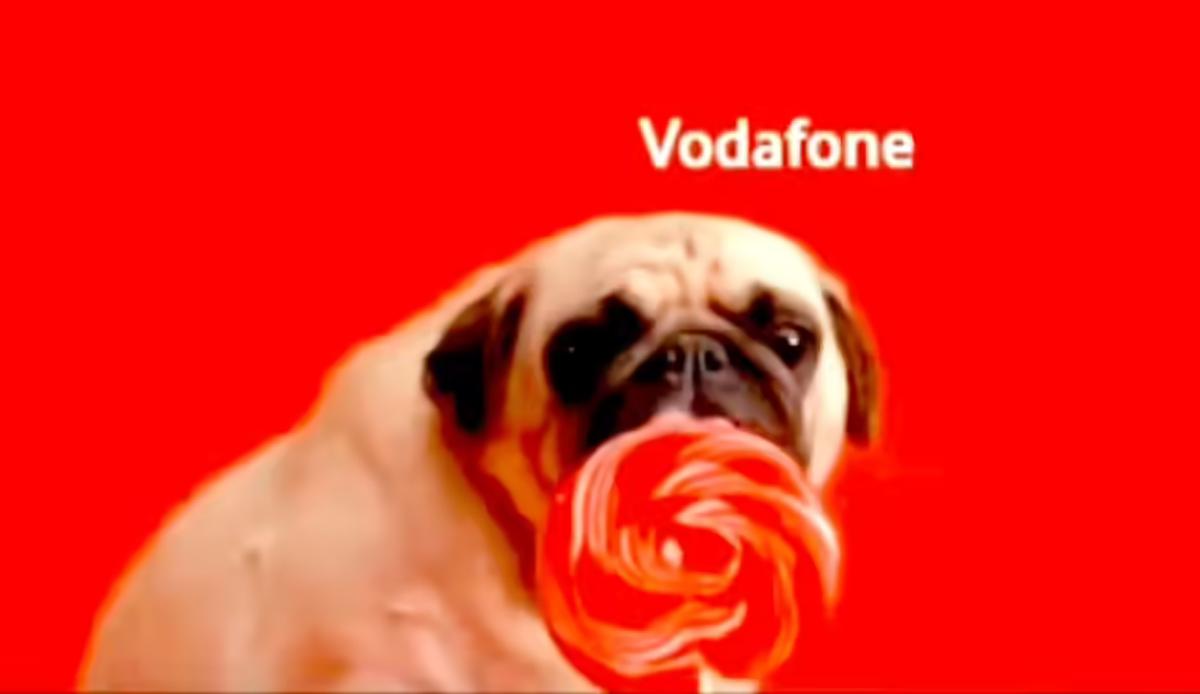
Vodafone - Hutch Pug Campaign
The Icon: A little pug following a boy everywhere, symbolizing loyalty and connection.
The Tagline: "You and I, in this beautiful world"
Brand Evolution: When Vodafone acquired Hutch, they initially retained the pug imagery—testament to its brand equity and memorability.
Marketing Lesson: Brand mascots work when they represent something emotionally meaningful. In categories where rational differentiation is difficult (telecom, for example), emotional differentiation becomes everything.
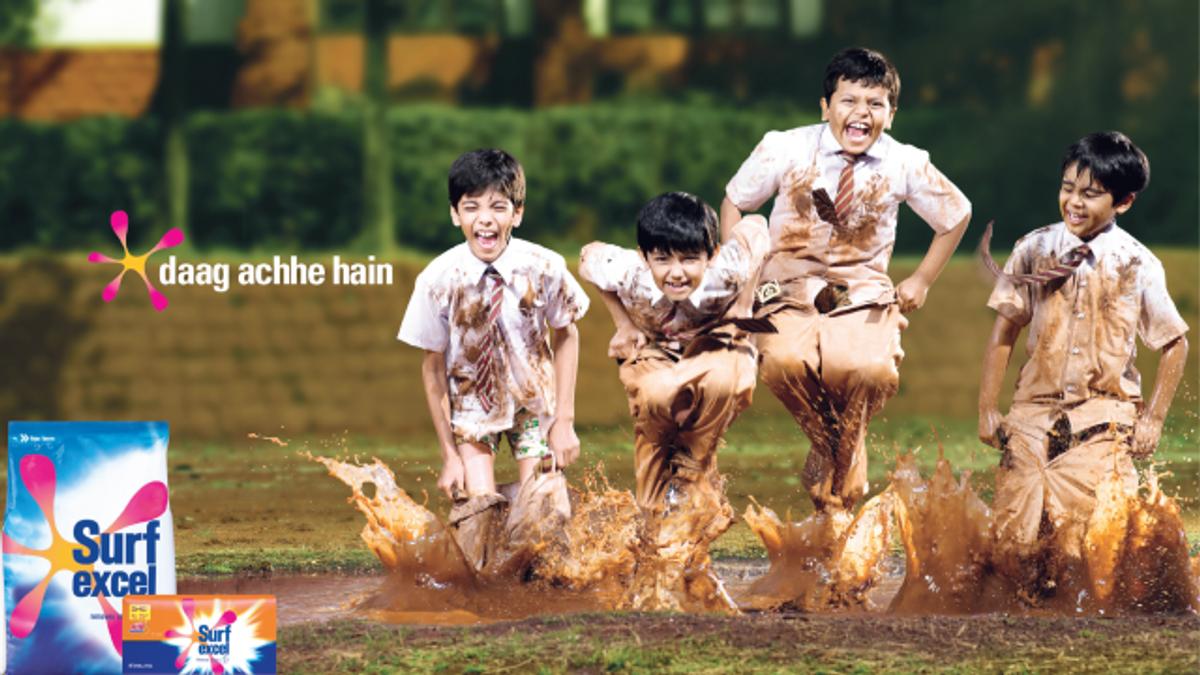
Daag Achhe Hain ad by Surf excel
The Innovation: Where every detergent promised to remove stains, Surf Excel celebrated stains from living life fully—children playing, learning, exploring.
Campaign Themes: Featured during festivals like Holi and Eid, showing children getting joyfully messy while doing good deeds.
Cultural Impact: "Daag Achhe Hain" (Stains are good) entered common parlance—parents used the phrase to encourage children.
Marketing Lesson: Challenge category conventions. Every detergent talked about removing stains. Pandey celebrated stains, making Surf Excel the brand that understood modern parenting priorities.
Pandey obsessively refined taglines until they felt effortless. "Kuch Meetha Ho Jaaye." "Abki Baar Modi Sarkar." Each phrase required days or weeks testing how they sounded, felt in conversation, and survived repetition.
Digital Marketing Application: Before you optimize, simplify. In conversion rate optimization and landing page design, cut every unnecessary word. Make your value proposition so clear that a distracted person scrolling can grasp it instantly.
Action Steps:
Pandey didn't rely on market research reports. He observed life—attended weddings, talked to shopkeepers, watched how people celebrated festivals. This gave him consumer insights data couldn't provide.
Modern Application: Combine marketing analytics with human observation. Read customer reviews, watch how people use your product, conduct qualitative research alongside quantitative.
Research Methods to Use:
Pandey rarely led with product features. When functional parity exists in a category, emotional differentiation wins. People don't remember specifications; they remember feelings.
B2B and Tech Marketing Application: Even B2B purchases are emotional. Companies buy from brands they trust, solutions that reduce stress, and partners who understand their challenges.
How to Apply:
Pandey worked on brands for decades with consistent brand positioning. Fevicol campaigns all shared DNA—humor, rural settings, exaggerated situations. They could run for decades because they were timeless, not trendy.
Digital Age Application: While marketing tactics evolve, brand strategy should remain consistent. Your core promise, tone, and positioning should be sacred.
Building Consistency:
Pandey made global brands feel Indian—not by translation but by fundamental understanding. He used Indian festivals, cricket, family structures, and cultural values as raw material.
Globalization vs Localization: For international brands entering new markets, this lesson is crucial. Don't treat new markets as places to translate global campaigns.
Localization Strategy:
Piyush Pandey's legacy extends far beyond individual campaigns. He fundamentally changed Indian advertising's self-perception and global standing:
Before Pandey: Indian agencies emulated Western advertising, believing international approaches represented sophistication.
After Pandey: Agencies embraced Indian culture as strength. Ogilvy India became one of the world's most awarded agencies under his leadership, proving that culturally rooted work could win international acclaim.
As Executive Chairman of Ogilvy India for decades, Pandey mentored countless creative directors, copywriters, and art directors who now lead agencies across India. His teaching extended to the Berlin School of Creative Leadership, where he influenced global creative talent.
His principles transcend medium. Simplicity in messaging matters in TV spots and social media captions. Emotional resonance works in YouTube films and six-second ads. What performance marketers can learn: efficiency and creativity aren't opposites.

Ananya Namdev
Content Manager Intern, IDEON Labs

Rahul Mondal
Product & Strategy, Ideon Labs

Rahul Mondal
Product & Strategy, Ideon Labs
Get notified when new insights, case studies, and trends go live — no clutter, just creativity.
Table of Contents